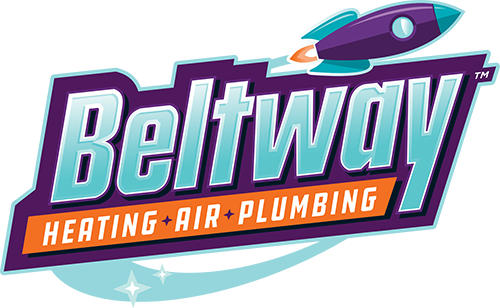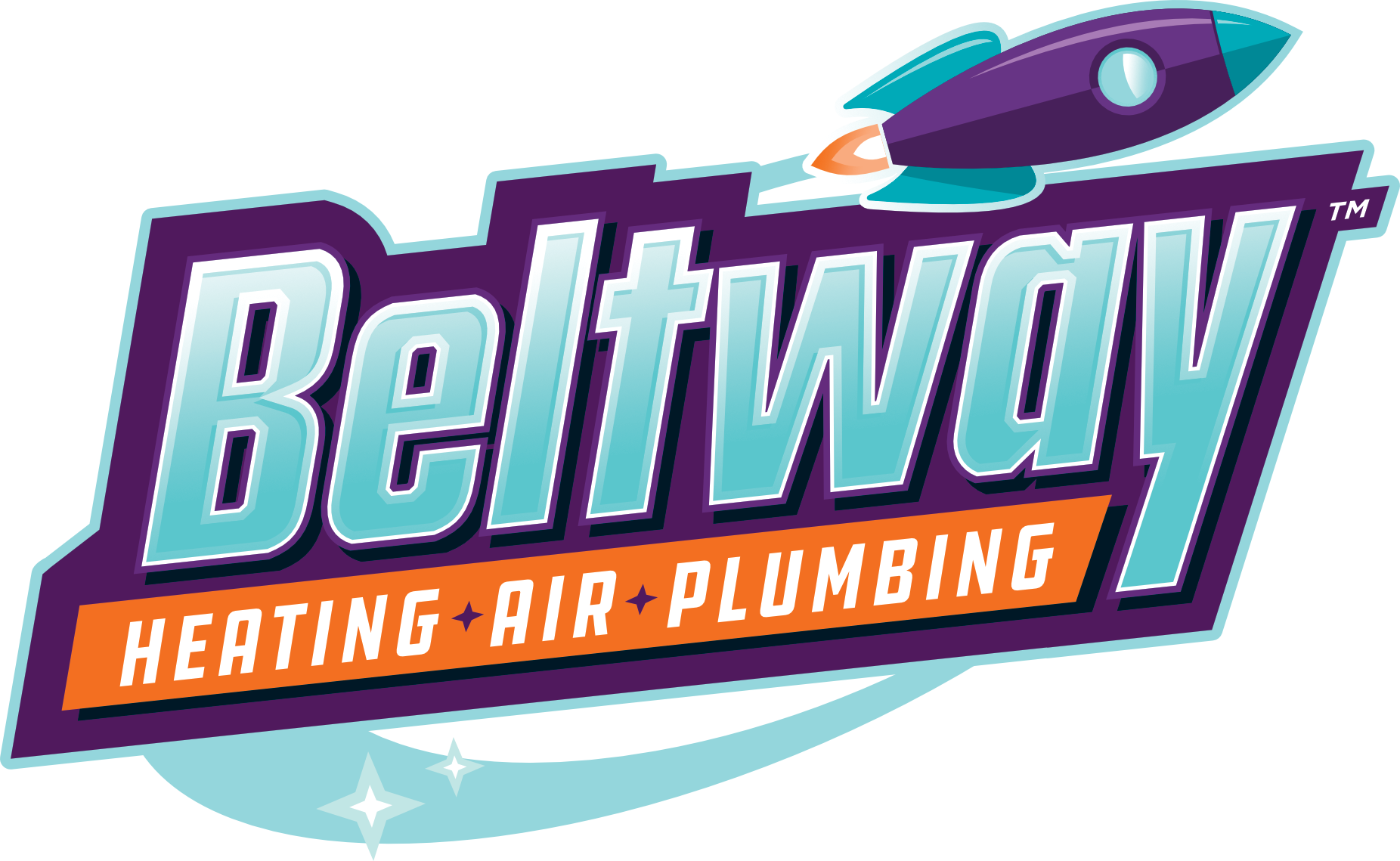The last thing you want to see around your furnace is a pool of water. Water leakage could be a sign of several issues. Some might only require a quick fix while others need professional attention. Let’s look at a few reasons your furnace may leak water.
Causes of Water Leakage
If there is water near or around your furnace, here are some of the most common causes:
Condensation Leaks
Sometimes, the leak may be related to condensation of the pipes or tubes. These furnaces can create extensive vapor as they convert fuel to heat. While excess condensation should be directed to a drain through a network of pipes and tubes, clogs can happen. When that occurs, water backs up and pools around the furnace. Dust, debris, and mold can build up and plug the water drain line.
If there is water by the furnace, you might want to inspect the tubes or pipes that connect to the system. In some cases, they can become loose or damaged. If the pipes are fine, check out the condensate pump. This component directs water away from the furnace. If it has failed, it can cause water to back up and leak around the furnace area.
Humidifier Leaks
If you have a humidifier tied to the system, it could also be the source of your problems. These devices are used to maintain balanced humidity levels in the home. They are connected to the water line. If not maintained or installed correctly, the humidifier can develop leaks. When it breaks or loosens, then you can have leakage. Like the condensate line, the humidifier’s pipes can clog, causing excess water buildup that seeps out.
Improper Furnace Venting
Check the exhaust fan. If it has been damaged or improperly installed, condensation can occur. This can often happen in older, standard-efficiency furnaces with vents to expel gases instead of capturing and reusing condensation. Moisture may accumulate and drip down when these vents are not angled. In turn, water can pool around the furnace instead of exiting through the flue.
Air Conditioner Issues
If your home has an HVAC system with both a furnace and an air conditioner, a leak can be caused by the cooling components. During the summer, water can develop around the furnace when the AC is operating. This can happen when the furnace and AC often share the same air handler. Usually, the condensate line is blocked, or the drain pan is clogged. In these cases, the water may overflow.
Internal Furnace Issues
In rare cases, the leakage may be caused by internal issues within the furnace. The heat exchanger can develop leaks or cracks allowing water to escape. Any damage to this component can also lead to potentially deadly carbon monoxide leaks. If you think this issue might be the reason for water pooling, contact a technician.
Potential Problems
Water leakage from a furnace might appear to be a minor issue at first. However, it can quickly escalate into serious problems if not addressed appropriately. Ignoring or delaying a furnace repair may affect its functionality, your health, and the integrity of your home’s structure. Some of the associated risks can include:
System Damage and Component Failure
Sensitive parts, such as the heat exchanger, wiring, and blower motor, can corrode when exposed to moisture over time. Rust and corrosion weaken metal parts, which can lead to mechanical failures.
For example, water can infiltrate electrical connections and components within the furnace. With that, it will cause short circuits or electrical fires. Not only does this lead to costly repairs, but it also poses safety risks.
Reduced Heating Efficiency
As with any type of leak, these problems can reduce the unit’s heating efficiency. Leaking or compromised components don’t perform as they should. For example, if rust and corrosion develop on vital components, the furnace may struggle to reach desired temperatures or may cycle on and off frequently.
An inefficient furnace often consumes more fuel or electricity as it struggles to heat the space. In turn, that drives up utility bills, especially during colder months. In some cases, moisture exposure may cause malfunctions in the thermostat. With this problem, it can force the furnace to operate constantly, which can increase energy usage and costs.
Mold and Mildew Growth
Standing water around the furnace creates a warm, moist environment for mold and mildew. Once that takes hold, it can spread throughout the HVAC system. That can affect air quality and introduce allergens into the home.
Mold growth within the furnace or ductwork can lead to mold spores circulating throughout the home. Prolonged exposure to these spores can cause respiratory issues, worsen allergies, and exacerbate conditions like asthma.
Also, mold exposure can lead to health issues, including skin irritation, nasal congestion, and eye irritation. Professional mold remediation may be necessary to eliminate the mold. This removal is often expensive and time-consuming, especially if the spores have spread to other parts of the home.
Structural Damage
When water from a furnace leak is not addressed, it can seep into surrounding walls, floors, and insulation. Over time, this moisture weakens building materials. Sometimes, that can result in structural damage and costly repairs.
Wood flooring and drywall are susceptible to water damage. Saturated wood can rot, while wet drywall may soften and break down. This compromises the integrity of those spaces. Along with that, insulation around the furnace can also become waterlogged. Wet insulation can lead to heat loss.
In extreme cases, water leakage from a furnace can eventually reach the foundation. Over time, it can weaken the structure of your home. A compromised foundation often leads to settling issues and cracks.
Furnace Replacement
When furnace water leaks are left unresolved, the chance of needing a complete furnace replacement grows. Furnaces have a lifespan of 15 to 20 years. However, prolonged exposure to leaks and water damage can reduce this time frame. If water damage is ignored, a furnace that might have lasted 15 years could need replacement in 10 years.
A sudden furnace failure can lead to unplanned expenses, especially during the colder months. Replacement costs can range from several thousand to tens of thousands of dollars.
You Need a Professional HVAC Technician to Inspect the Issue
If water leaks are noticed around a furnace, call a professional. A certified HVAC technician can inspect the system. They will work to find the exact source of the leak, such as condensation line clogs, damaged drain tubes, or malfunctioning humidifier parts.
Also, they have the tools to clear blockages and repair or replace faulty components. Plus, they can test for other related issues, such as gas leaks or mold risk. A professional inspection can prevent more damage to the furnace and surrounding areas.
If you have any issues with your home in Hanover, MD, Beltway Air Conditioning, Heating & Plumbing is here to help. We offer various heating and cooling services, from furnace repair to AC maintenance to HVAC installations. Along with that, we assist with indoor air quality services, duct cleaning, and plumbing. Contact us today to make an appointment for your home.




